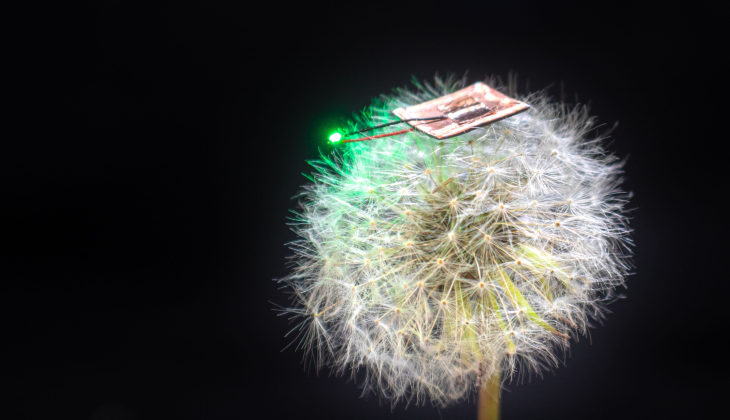
Researchers from the University of Pennsylvania’s School of Engineering and Applied Science have developed a new way to build and package microbatteries that maximizes energy density, paving the way for very small, very light energy sources.
The research teams’ key developments were a new kind of current collector and cathode that increase the proportion of the materials that store energy while simultaneously serving as a protective shell for the microbattery.These innovations reduced the need for the non-conductive packaging that would normally protect the battery’s sensitive internal chemicals.
‘We essentially made current collectors that perform double duty,’ said Assistant Professor James Pikul, who led the study. ‘They act as both an electron conductor and as the packaging that prevents water and oxygen from getting into the battery.’
The increase in space efficiency meant that the energy density of the new microbatteries was four times that of current state-of-the-art examples.The team’s innovations pave the way for batteries that are light enough to be carried by insects or to power tiny flying microrobots. They could also be used to increase the lifespans of implanted medical devices.
Microbatteries typically feature very thin electrodes, which means that more electrons and ions can move quickly through them.The researchers developed a new way to make electrodes that allowed them to be thicker than usual while still allowing rapid transport of ions and electrons. Conventional cathodes are made from crushed particles that have been compressed together. This process leads to large spaces between electrodes and a random internal configuration that slows ions as they move through the battery.
‘Instead, we deposit the cathode directly from a bath of molten salts, which gives us a huge advantage over conventional cathodes because ours have almost no porosity, or air gaps,’ said John Cook, director of R&D at Xerion Advanced Battery Corporation, who also took part on the study.
‘This process also aligns the cathode’s “atomic highways”, meaning lithium ions can move via the fastest and most direct routes through the cathode and into the device, improving the microbattery’s power density while maintaining a high energy density,’ Pikul said.
The new components transport ions so efficiently that they can be made thick enough to double the amount of energy-storing chemicals within the battery without sacrificing the speed required to power the devices to which they’re connected.The team’s innovations enabled them to create microbatteries that have the energy and power density of batteries that are 100 times larger while only weighing as much as two grains of rice.
The results of the study have been published in Advanced Materials.


